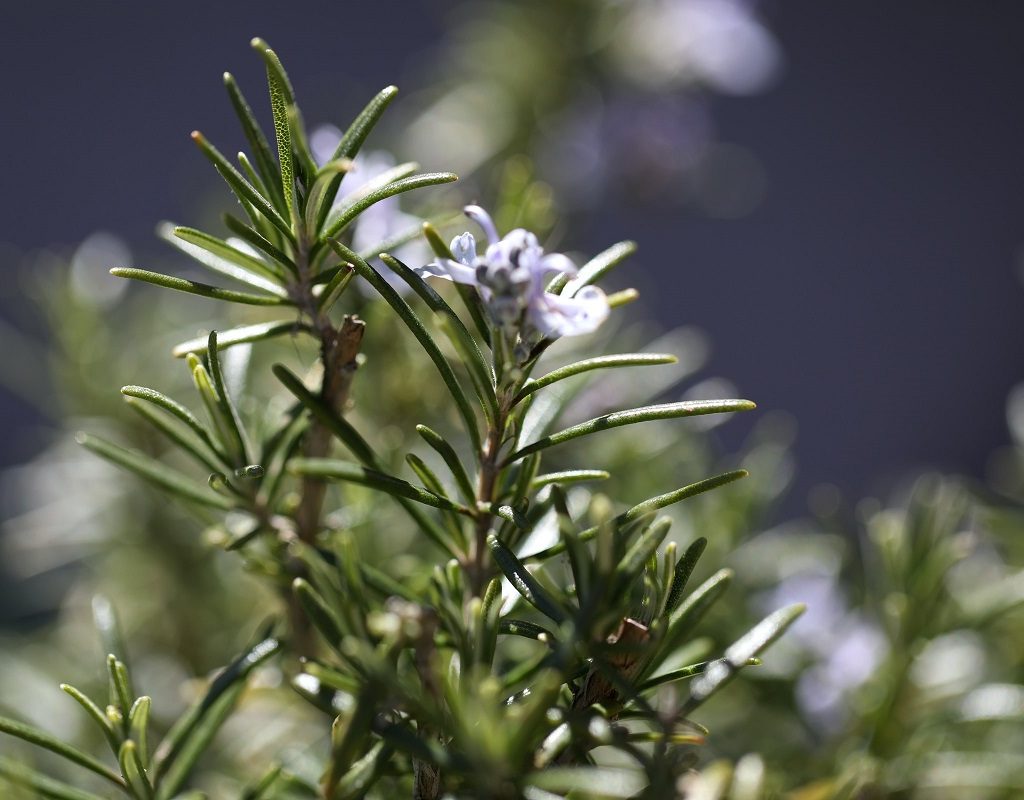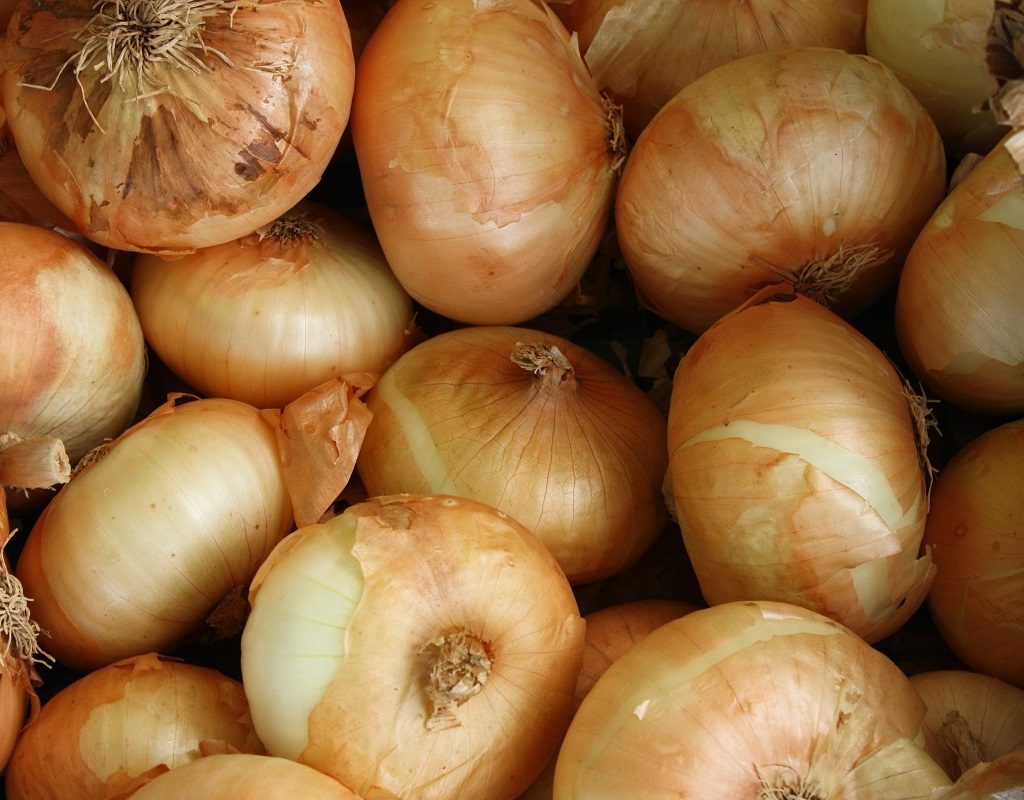Pests are perhaps the bane of every gardener’s existence. It would be great if we lived in a world where we could plant our herbs, vegetables, and fruits each year without worrying that we wouldn’t get to enjoy the harvest. Unfortunately, that’s not always the case. Bugs make their way in from time to time (and who can blame them? The food we grow is delicious), but there are steps you can take to curb huge infestations before they happen. In an herb garden, it’s easier than you think.

Plant herbs that help repel pests
There are plenty of herbs you can grow that will help repel various kinds of pests. Basil helps ward off tomato hookworms; garlic is a great choice for deterring fungus gnats, spider mites, and cabbage loppers; and catnip can help keep away aphids and ticks. And this is just the beginning. Plenty of herbs have added benefits outside of their culinary uses, and they’re great companions if you have a veggie garden nearby.
Steps to take for this solution
The first thing you’ll want to do is research what pests the plants you’re growing have trouble with, and from there look up if there are any herbs to help with them. It will take a bit of looking into but will be worth it in the end. Once your research is done, all you’ll need to do is purchase the plants, plot out your garden for the best care possible, and let it all grow.
Pros: A natural solution; avoids immediate use of chemicals; harvestable once prevention is no longer needed.
Cons: Not a catch-all solution; pests aren’t guaranteed to be kept away; takes up additional space.
Plant flowers that attract beneficial insects
If you have room in or around your garden bed, you can plant flowers that attract beneficial insects. This can be done in combination with the preventative herbs to try and create a good ecosystem of bugs and plants. Aside from attracting bees, some flowers (like marigolds) attract insects that don’t feed on the plants but instead feed on certain pests. Others have odors that help keep small animals away, too.
Steps to take for this solution
When plotting out your garden, mix in the flowers with the herbs. They’ll be more effective if they’re interspersed as opposed to located on one side of the garden. If needed, you can always grow them separately in containers on the edge of the garden beds close to the plants that you’re hoping to keep pests away from.
Pros: Natural deterrent; attracts bees and other beneficial bugs; adds color to your garden.
Cons: Won’t help every plant; dying blooms can attract more pests.

Mix some onions into the garden bed
Onions are a vegetable that can bring similar benefits to herbs, and you may have grown them before for fun without even realizing their potential! Their pungent odor helps repel bugs like aphids, and if you get an ornamental variety, the flowers that grow will also provide a nice pop of color to your garden. Onions can be kept in one portion of the garden or mixed throughout.
Steps to take for this solution
Plan in advance where you’ll be planting your onions since they’ll need space to grow. Make sure they’re near the plants you want them to help repel bugs from, and that those plants have enough room to grow, too.
Pros: Easy-to-grow preventative measure; great after harvest for cooking.
Cons: Takes up additional space; not a great option if you don’t love onions.
Spray insecticide as a last resort
If these natural preventions are helping but you still find yourself with an infestation, you’ll likely have to resort to spraying an insecticide to help get rid of it. Plants like flowers and herbs really only help with prevention and can’t do much by way of eliminating the problem. Start with a natural insecticidal soap first to avoid unnecessary harm and use of chemicals. If that doesn’t solve the issue, you’ll unfortunately need to look for one that’s a bit stronger.
Steps to take for this solution
Look into insecticides and make sure the one you choose is fitting for each of your plants, and/or that you can keep the spray contained to the plants that need it. Each insecticide is different, and there are some out there specifically made for certain kinds of pests. Be sure to follow the directions on the bottle as no two insecticides are guaranteed to be exactly the same.
Pros: Offers more guarantee for ridding the garden of bugs; doesn’t take up additional garden space.
Cons: Harmful chemicals can get onto your crops; isn’t always a natural solution.
Pests are, unfortunately, a likely result of setting up any kind of garden. They’re bound to happen, even in greenhouses, and the best thing you can do is take preventative measures to lessen the severity of any potential problem.


